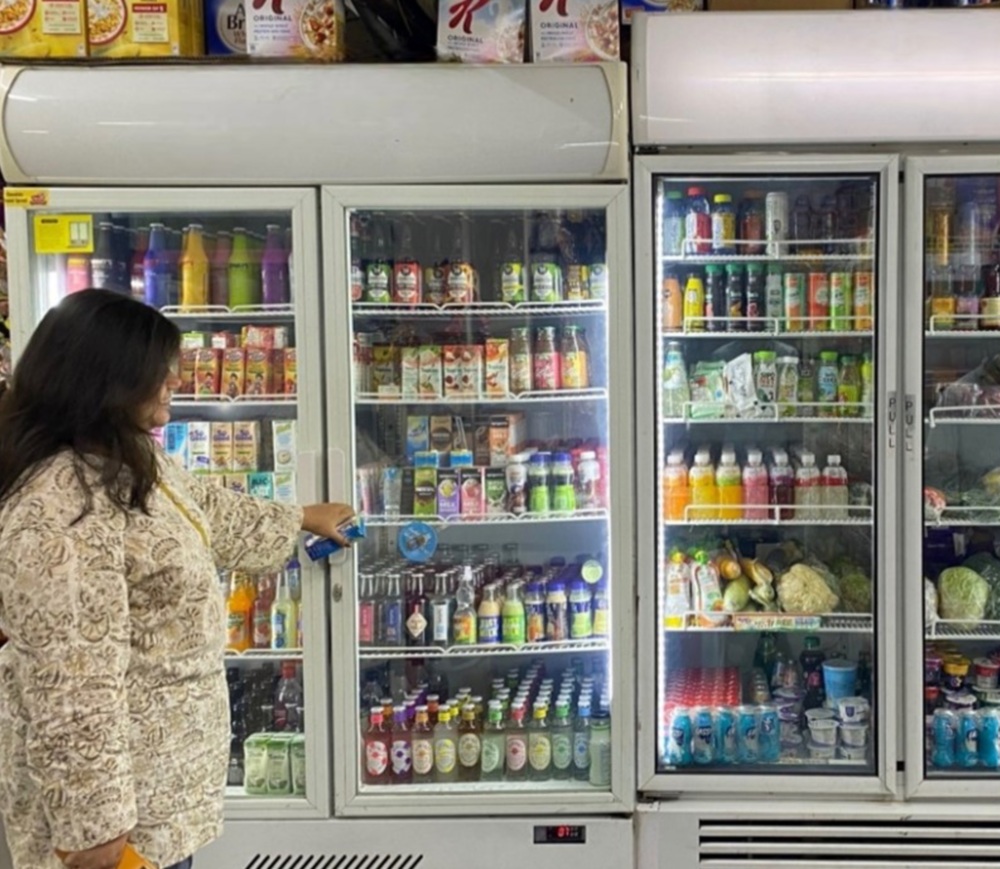Evaluating the Impacts of Mandatory Policies and Labelling Program for Appliances in India
This paper discusses the impacts of mandatory standards and India's labelling program as they relate to market growth, technology improvements, market transformation, and climate change mitigation.
Download Report
Fill out the form below to activate file downloads
Household appliances are basic essentials to daily life—they increase productivity, comfort, and overall wellbeing. Over the last decade, India has witnessed continuous growth in usage of home appliances that corresponds to an increase in disposable income, new technology, and affordable pricing. The growing consumer market has subsequently increased electricity demand in the residential sector by two-thirds this past decade, demonstrating the necessity of an effort to curb climate impacts from these appliances while preserving widespread access to them.
India’s Bureau of Energy Efficiency (BEE) launched efficiency policies for residential appliances in 2006 to reduce the energy intensity of the economy. The program initially addressed four products with voluntary efficiency standards and consumer labels, and gradually expanded its coverage, today addressing 23 products across cooling, lighting, and industrial applications under voluntary or mandatory frameworks. Over the last decade, BEE has continuously strengthened the program with periodic revisions to mandatory minimum energy performance standards (MEPS) that remove inefficient products from the Indian market.
As a result of BEE’s appliance efficiency policy work, over the period from 2006 – 2017 India avoided 197 TWh of electricity use and 162 million tons of CO2 emissions. This paper discusses the impacts of mandatory standards as they relate to market growth, technology improvements, market transformation, and climate change mitigation.









